UAE Stargate Data Center Project to Utilize 100,000 Nvidia Chips, Signaling Major AI Infrastructure Expansion
The first phase of the groundbreaking UAE data center project, known as “Stargate UAE,” is set for completion by 2026 and will deploy an estimated 100,000 Nvidia $NVDA chips. This initiative is part of a recent agreement brokered by former U.S. President Donald Trump to establish the world’s largest AI data center complex outside the United States. The development signals a significant pivot in U.S.-UAE technology collaboration, overcoming prior U.S. export restrictions tied to the UAE’s close ties with China.
Project Scope and Technological Implications
Located in Abu Dhabi, the “Stargate UAE” project spans a vast 10 square miles (26 square kilometers), with a planned total capacity of 5 gigawatts of data center power. The initial phase, a 1-gigawatt facility, is led by UAE state-backed tech giant G42, in partnership with leading American and international technology firms: OpenAI, Oracle $ORCL, Nvidia, Cisco Systems $CSCO, and Japan’s SoftBank Group $9984.T.
This massive infrastructure build represents a strategic investment in artificial intelligence and cloud computing capabilities within the Middle East, positioning the UAE as a future hub for advanced AI research and commercial applications. The collaboration leverages cutting-edge Nvidia chips, known for their GPU acceleration capabilities essential to machine learning and AI workloads, underpinning the expected high computational demands.
The initiative also marks a significant diplomatic and economic milestone, reflecting the easing of U.S. technology export controls despite previous restrictions due to geopolitical concerns over the UAE’s relationships with China.
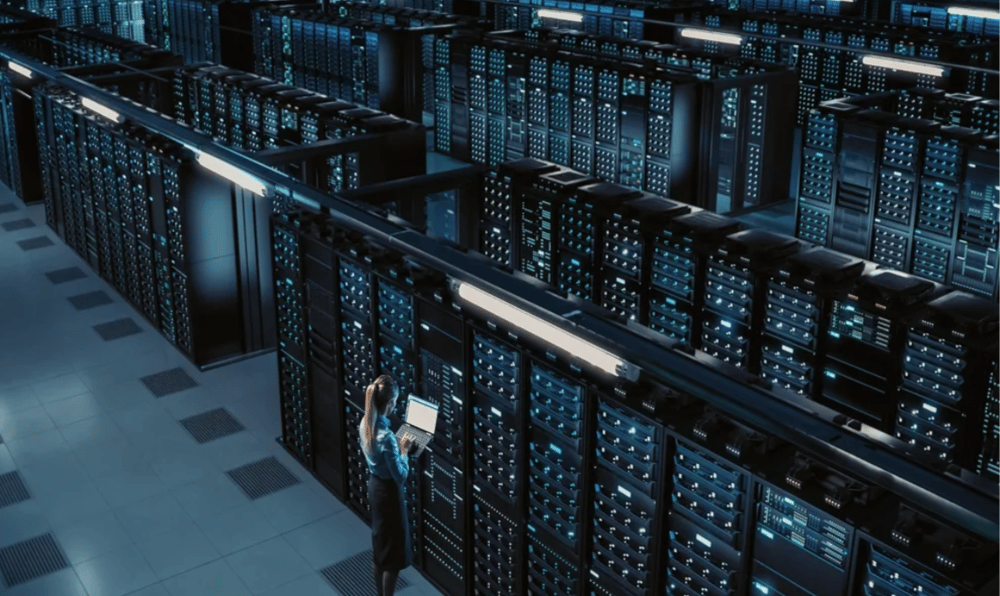
Quick Facts:
Stargate UAE project will deploy approximately 100,000 Nvidia chips.
The data center complex will cover 10 square miles in Abu Dhabi, targeting 5 gigawatts total power capacity.
First phase includes a 1-gigawatt data center powered by G42 in collaboration with OpenAI, Oracle, Nvidia, Cisco Systems, and SoftBank Group.
Project completion of the first phase expected by 2026.
The deal was facilitated under the Trump administration, signifying shifting U.S.-UAE tech relations.
Continued Analysis: Market and Geopolitical Reactions
Market analysts view the Stargate UAE project as a transformative development for the global AI infrastructure landscape. By establishing a major data center complex outside the U.S., the UAE aims to become a regional leader in cloud computing and AI technology deployment. This shift could attract further international investment, particularly from technology and telecommunications sectors.
Geopolitically, the project illustrates a nuanced recalibration of U.S. export policies towards the UAE, balancing strategic partnerships against concerns related to China’s expanding influence. The involvement of global firms such as Oracle, Cisco, and SoftBank underscores the project's international significance and potential to foster innovation hubs in the Middle East.
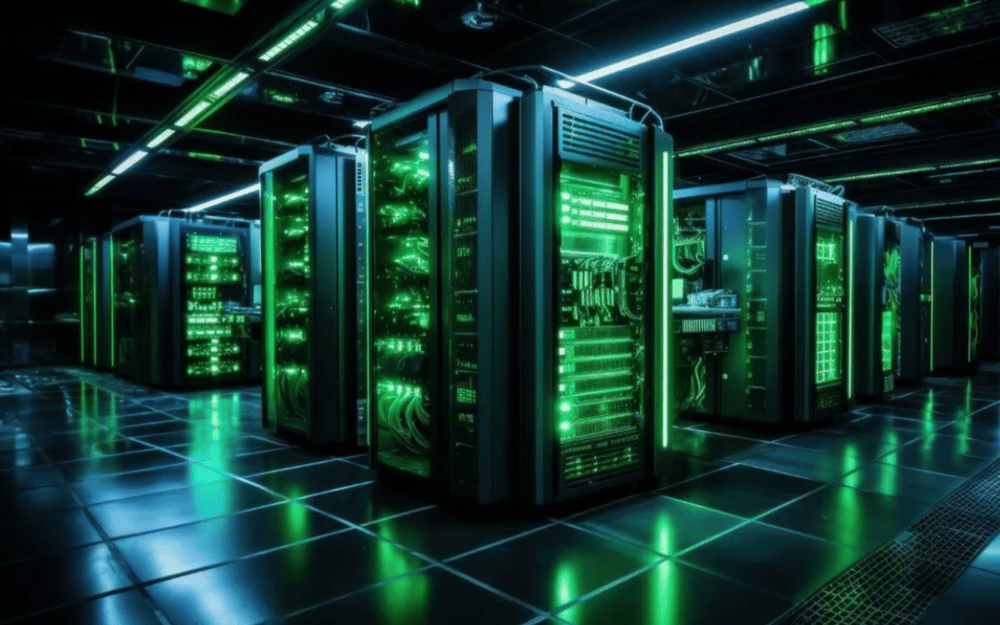
Key Points:
Deployment of 100,000 Nvidia chips will enhance AI computational power in the UAE.
Stargate UAE’s 5-gigawatt capacity positions it as the world’s largest AI data center complex outside the U.S.
Strategic partnerships with OpenAI, Oracle, Cisco, and SoftBank underline the project's multinational dimension.
Easing of U.S. export restrictions highlights evolving geopolitical technology dynamics.
The project accelerates UAE’s ambition to become a global AI and cloud computing leader.
Strategic Significance of UAE’s AI Data Center Expansion
The Stargate UAE data center project marks a landmark advancement in artificial intelligence infrastructure, underpinned by significant collaboration between the UAE and leading global technology corporations including Nvidia, Oracle, and Cisco Systems. Completion of the initial 1-gigawatt phase by 2026 will catalyze the region’s position as an AI innovation hub. Moreover, the project reflects evolving U.S.-UAE relations in the technology sphere, opening new avenues for cross-border cooperation and advanced computing development. This initiative embodies a major step in the global expansion of AI data center capacity, heralding increased computational capabilities and regional digital transformation.




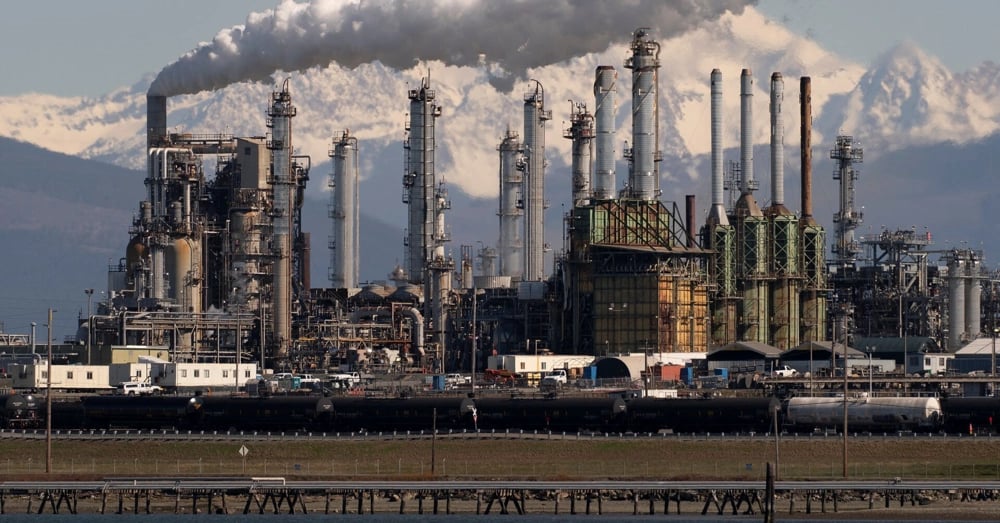



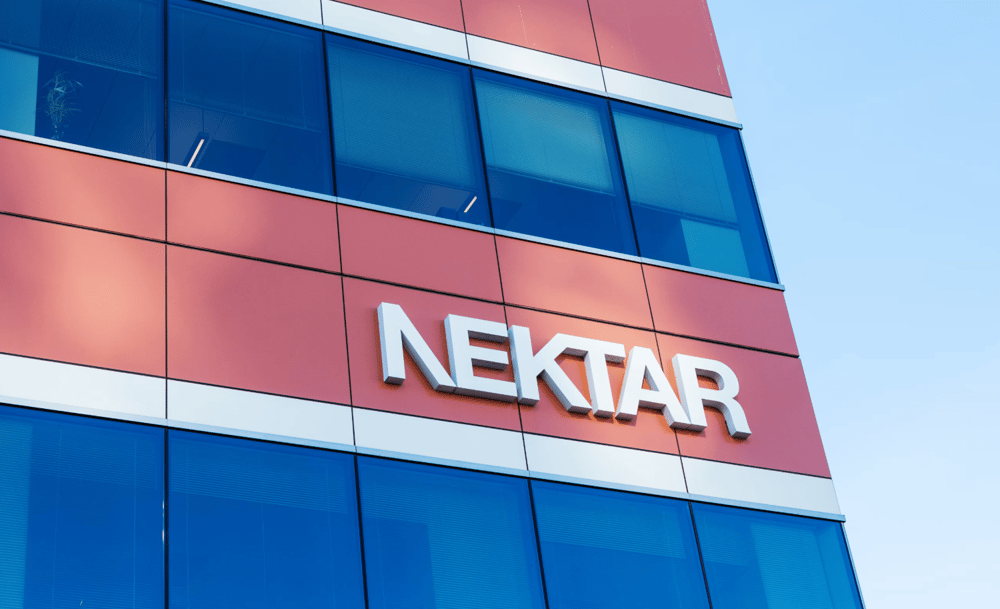



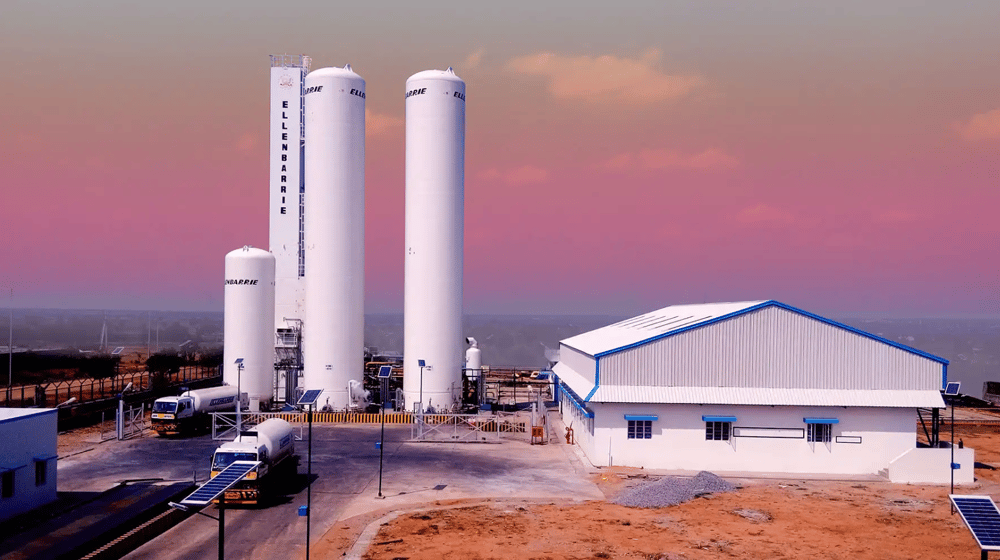

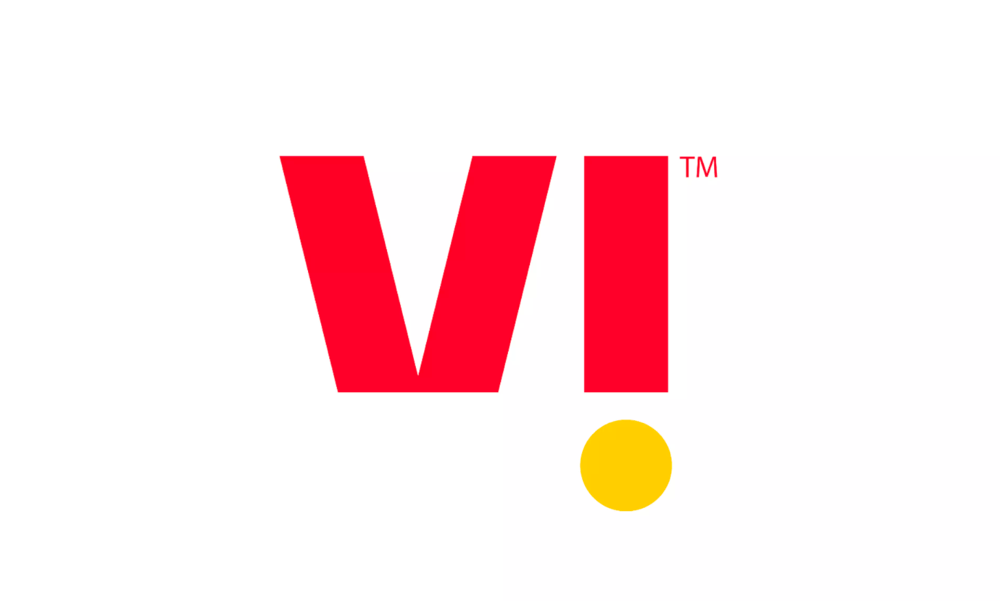
Comments